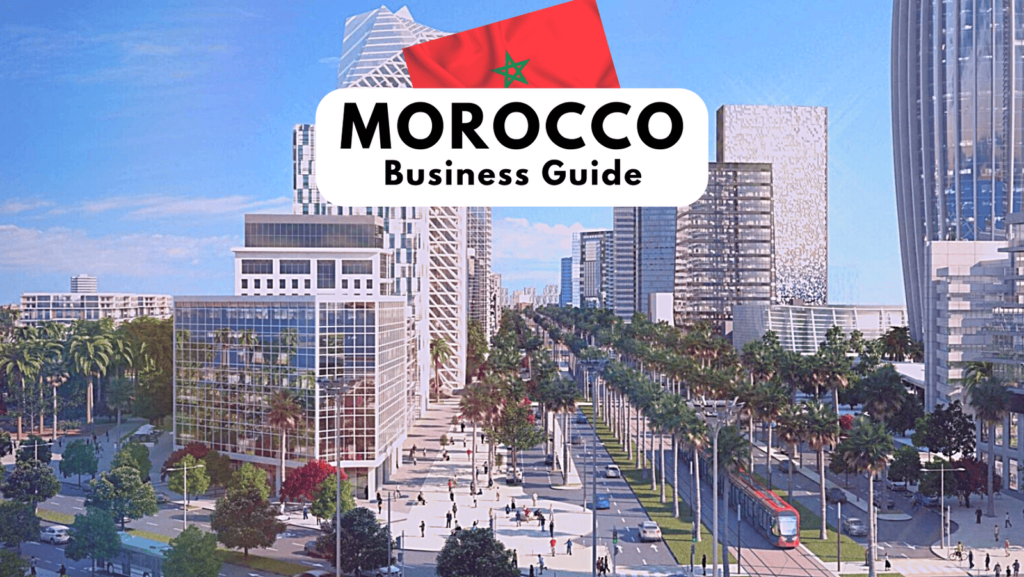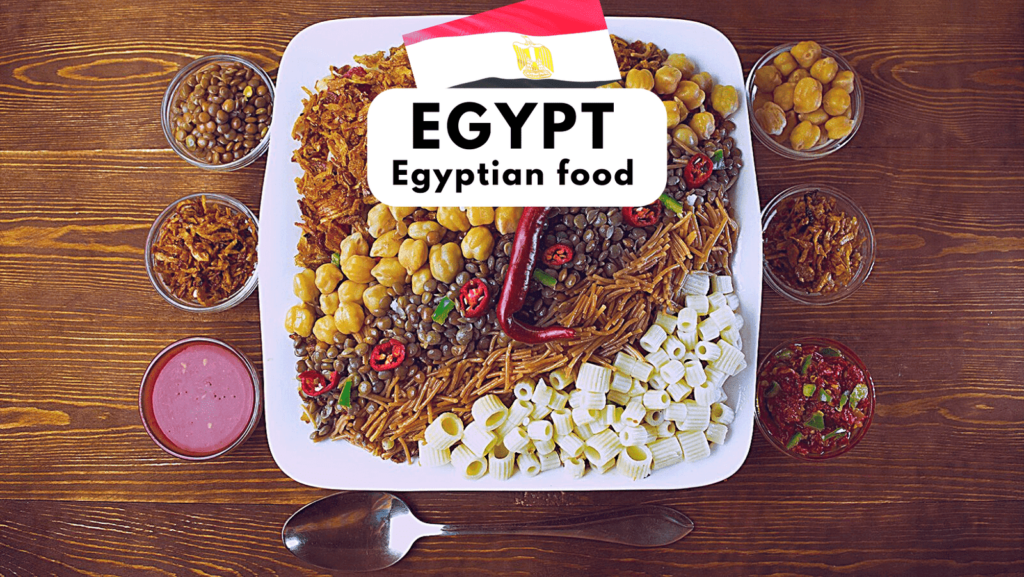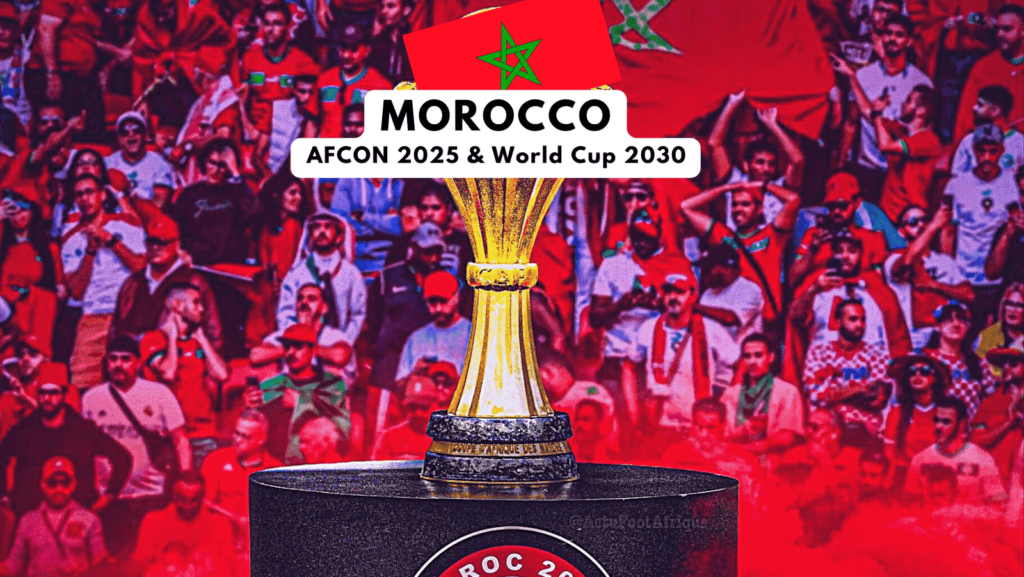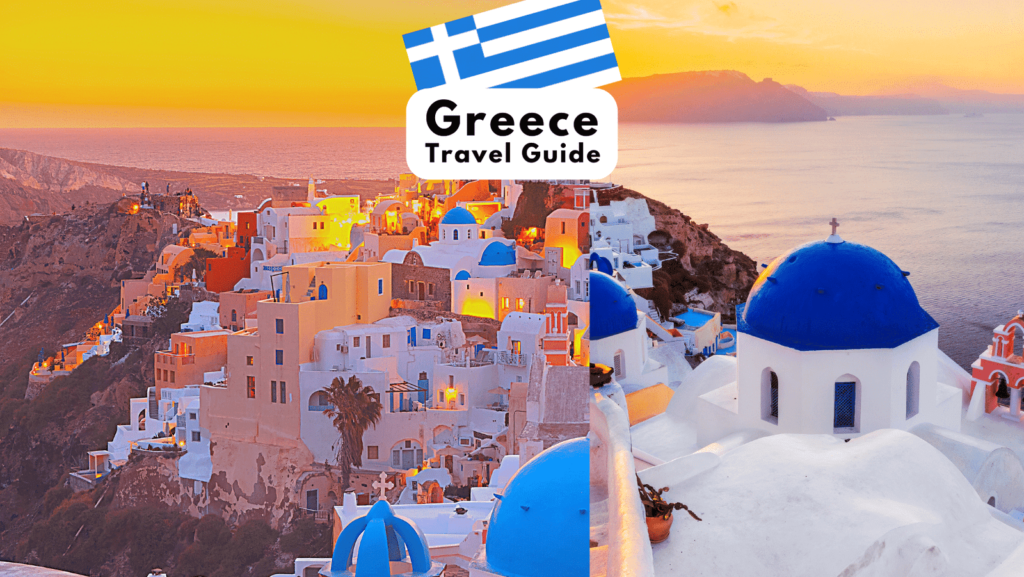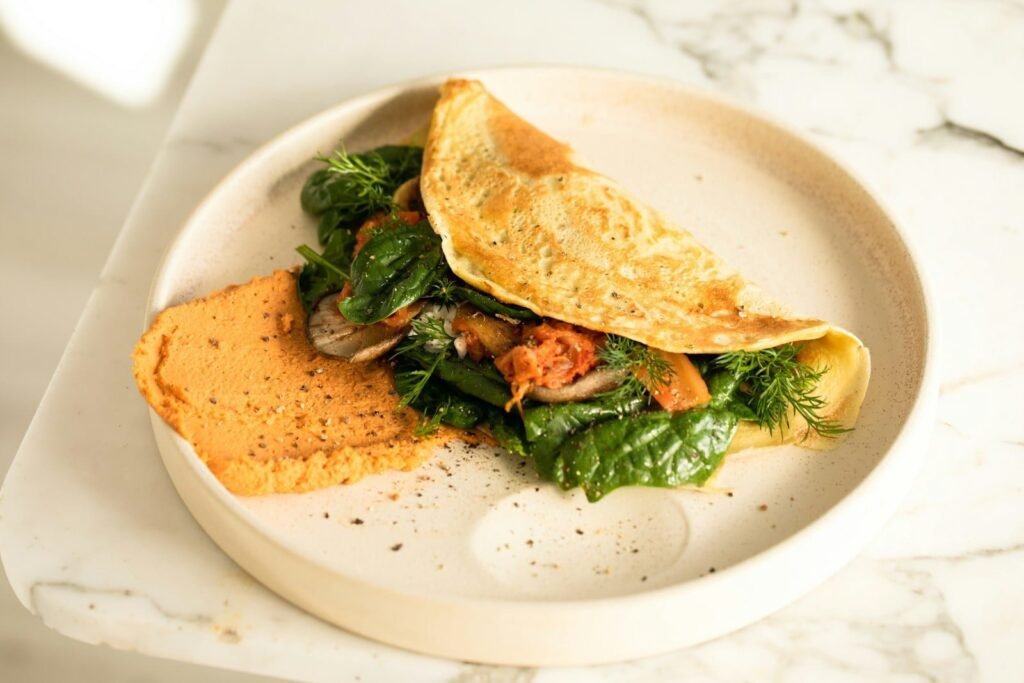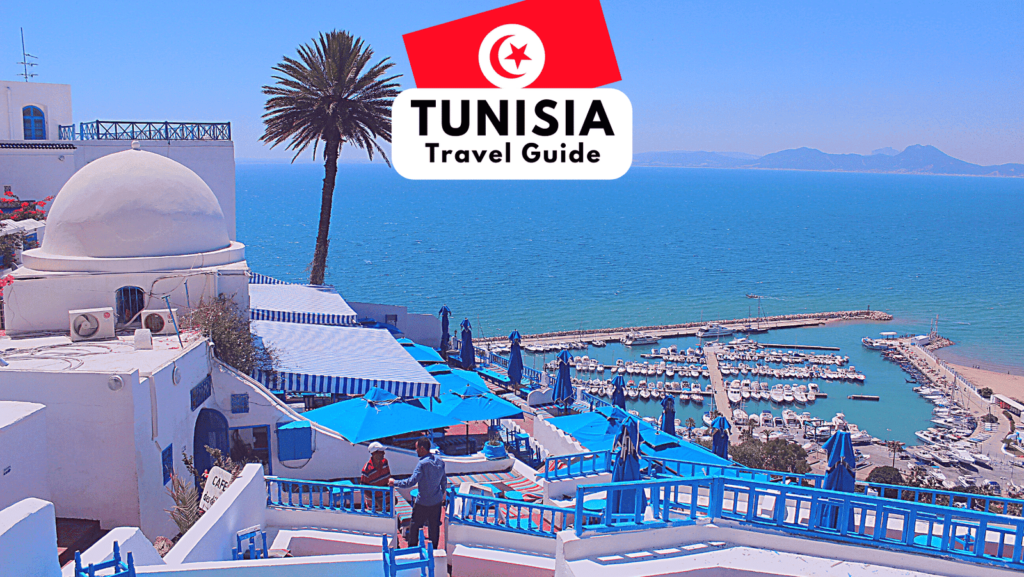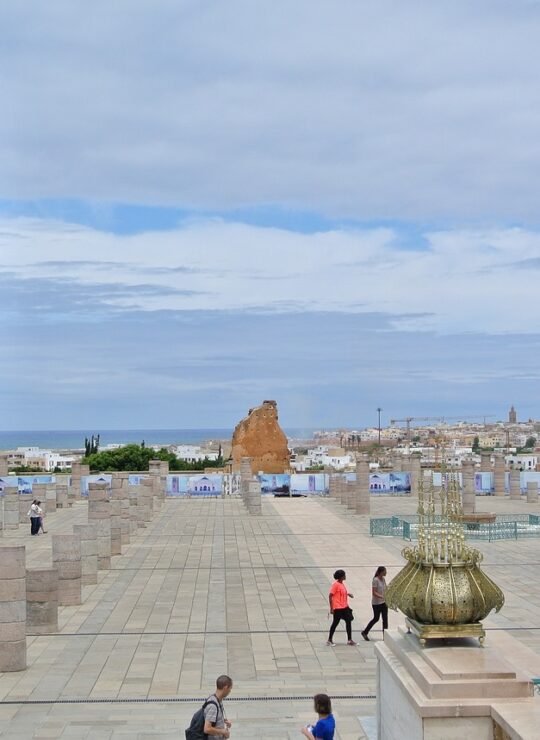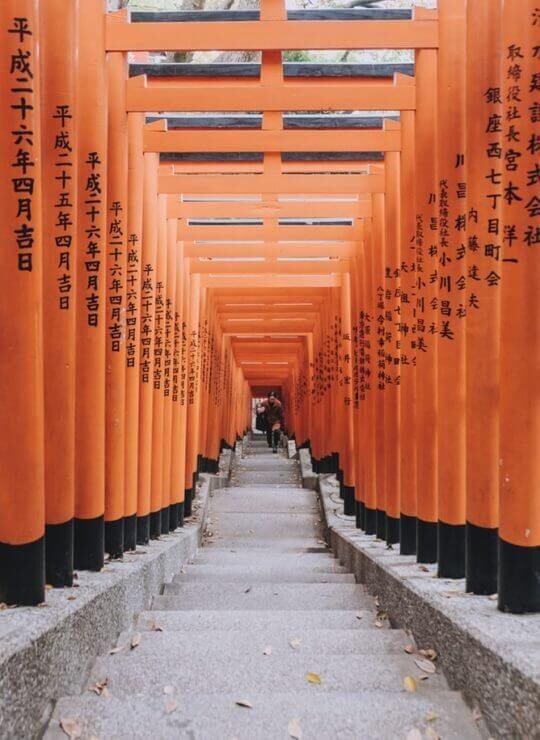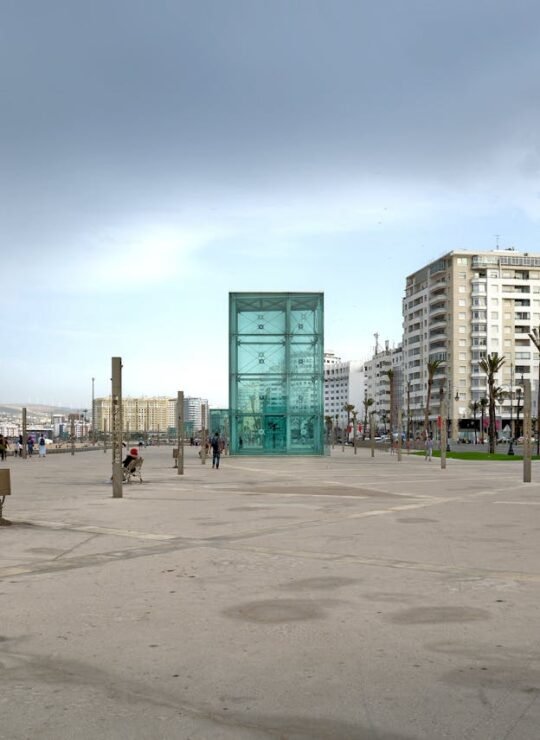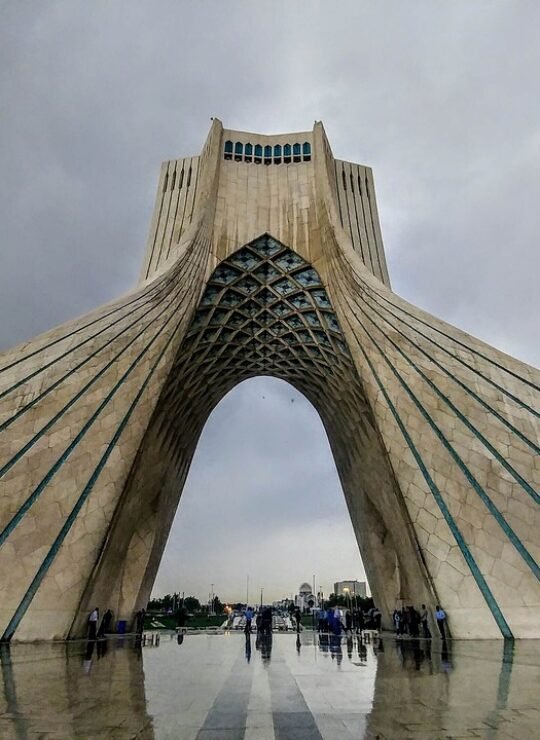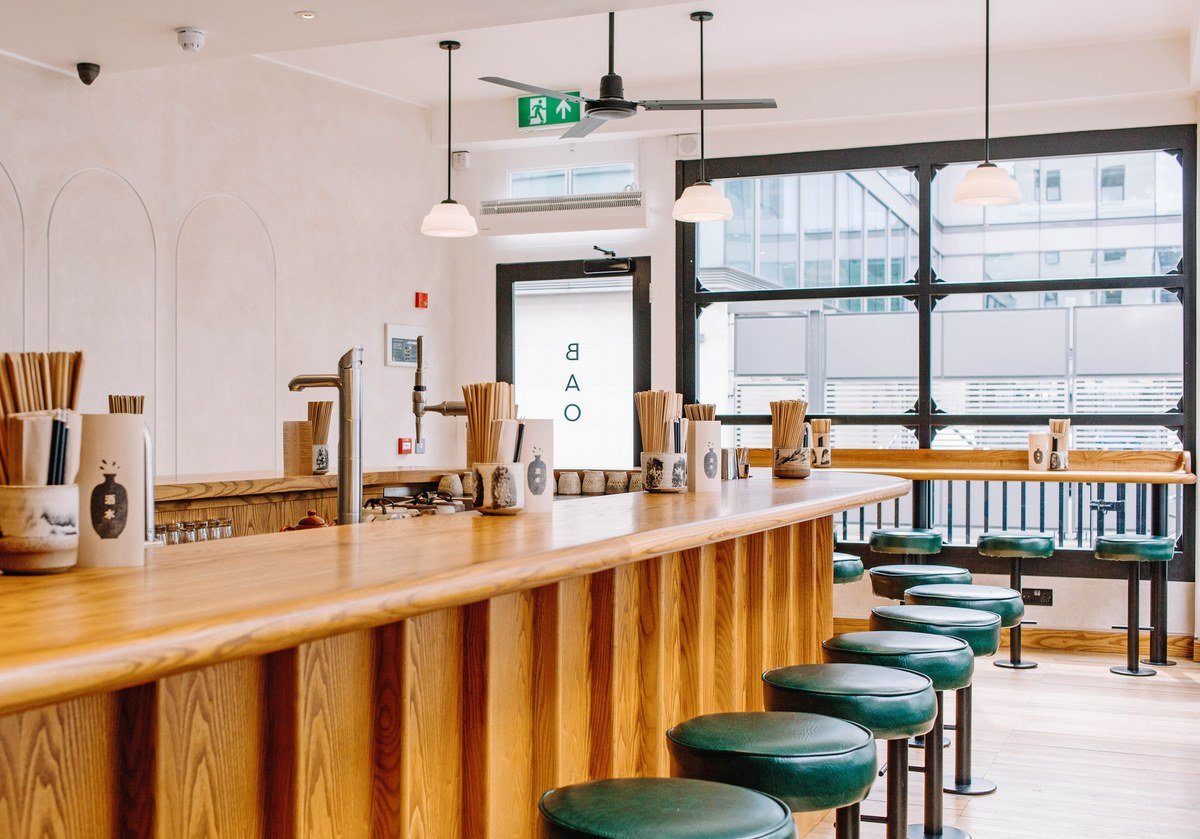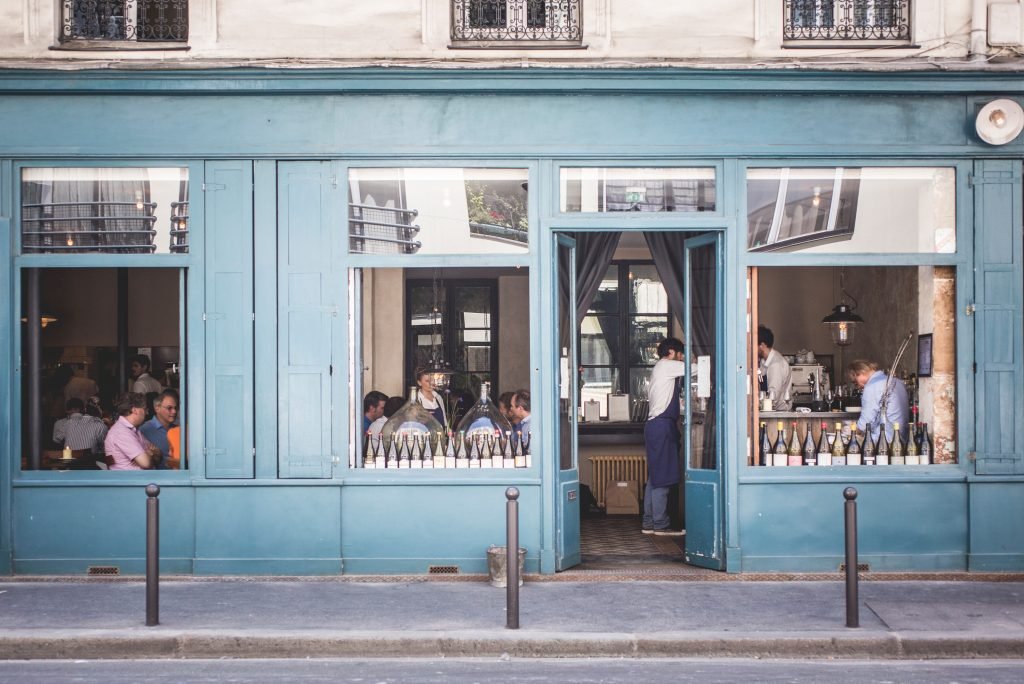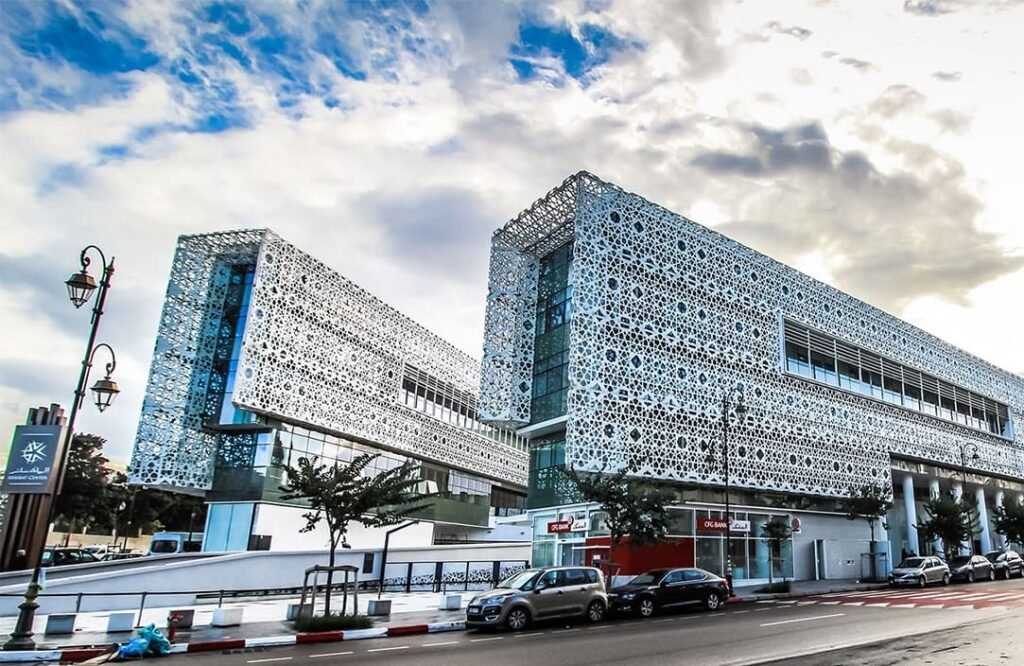Moroccan cuisine is known for its rich and flavorful traditional dishes that have been passed down through generations. These dishes are a reflection of the country’s diverse cultural heritage and the use of aromatic spices. One of the most iconic dishes of Morocco is the tagine. A tagine is a slow-cooked stew made with meat, vegetables, and a blend of spices. It gets its name from the earthenware pot in which it is cooked. The slow cooking process allows the flavors to meld together, resulting in a mouthwatering dish that is tender and flavorful. Another popular dish is couscous, which is made from semolina and served with a variety of vegetables, meat, or fish. The grains are steamed to perfection, creating a light and fluffy texture that complements the other ingredients. Moroccan cuisine is also known for its grilled meats, such as kebabs and mechoui, which are marinated in a mixture of herbs and spices before being grilled to perfection. These dishes are often served with bread and salads, creating a complete and satisfying meal.
Popular Moroccan Ingredients and Spices
Moroccan cuisine is characterized by the use of a wide variety of ingredients and spices that add depth and complexity to dishes. One of the most important ingredients in Moroccan cooking is the use of fresh herbs, such as cilantro, parsley, and mint. These herbs are used to add freshness and brightness to dishes, and they are often used as a garnish. Moroccan cuisine also makes use of a variety of spices, including cinnamon, cumin, turmeric, and ginger. These spices are used to add warmth and depth to dishes, and they are often used in combination to create complex flavors. Another important ingredient in Moroccan cooking is preserved lemons, which are used to add a tangy and slightly salty flavor to dishes. These lemons are preserved in a mixture of salt and lemon juice, and they are used in a variety of dishes, including tagines and salads. Moroccan cuisine also makes use of a variety of nuts, such as almonds and walnuts, which are used to add texture and richness to dishes. These nuts are often used in desserts, such as pastries and cookies.
Moroccan Street Food
Moroccan street food is a vibrant and flavorful experience that showcases the country’s culinary traditions. One popular street food in Morocco is the Moroccan crepe, known as msemen. Msemen is a flaky and buttery crepe that is often stuffed with a variety of fillings, such as cheese, honey, or meat. It is a popular snack that can be enjoyed on-the-go. Another popular street food is the Moroccan sandwich, known as bocadillo. Bocadillo is a crusty baguette filled with a variety of fillings, such as grilled meat, vegetables, and sauces. It is a hearty and satisfying meal that is perfect for a quick lunch or snack. Moroccan street food also includes a variety of grilled meats, such as kebabs and merguez sausages. These meats are grilled to perfection and served with bread and a variety of condiments. Street food in Morocco is a culinary adventure that allows you to sample a variety of flavors and textures in one place.
Regional Variations in Moroccan Cuisine
Moroccan cuisine is not only diverse in its flavors and ingredients, but it also varies from region to region. Each region of Morocco has its own unique culinary traditions and specialties. In the coastal cities of Casablanca and Agadir, seafood plays a prominent role in the local cuisine. Fresh fish and shellfish are often grilled or fried and served with a variety of sauces and spices. The coastal regions also make use of a variety of citrus fruits, such as oranges and lemons, which add a refreshing and tangy flavor to dishes. In the mountainous regions of the Atlas Mountains, hearty and warming dishes are popular. These dishes often feature ingredients such as lamb, goat, and root vegetables. The mountainous regions also have a strong tradition of baking, with a variety of breads and pastries being made using traditional methods. In the desert regions of Morocco, such as Marrakech and Ouarzazate, dishes such as tagines and couscous are popular. These dishes often feature dried fruits and nuts, which add sweetness and richness to the flavors. The desert regions also have a strong tradition of tea culture, with mint tea being a popular beverage.
Moroccan Cooking Techniques
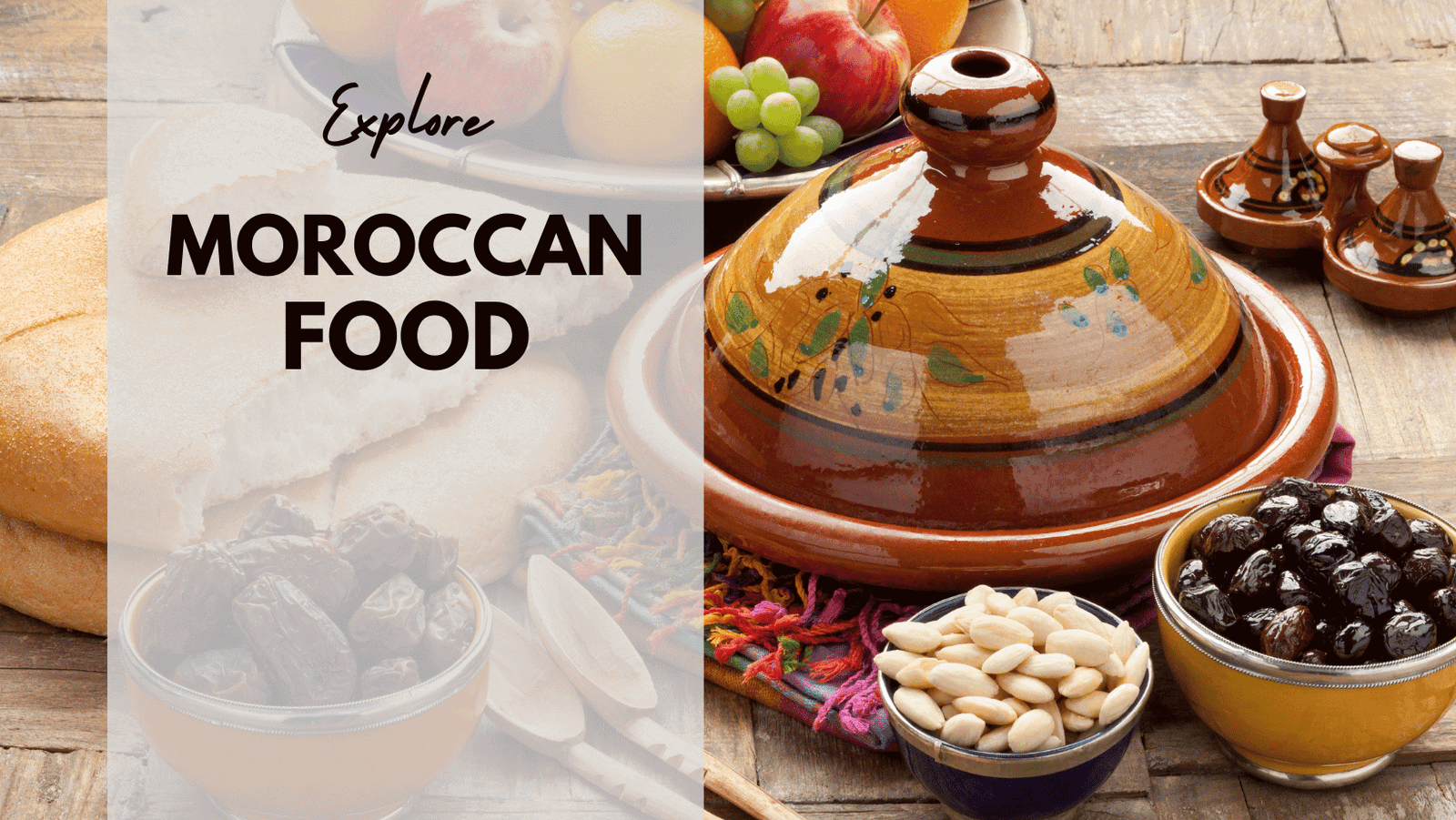
Moroccan cuisine is known for its unique cooking techniques that bring out the flavors of the ingredients. One of the most important cooking techniques in Moroccan cuisine is slow cooking. Slow cooking allows the flavors to meld together and creates tender and flavorful dishes. This technique is often used in dishes such as tagines and stews, where the ingredients are simmered for hours over a low heat. Another important cooking technique in Moroccan cuisine is the use of a traditional clay pot called a tagine. The tagine is a conical-shaped pot with a shallow base and a tall, cone-shaped lid. The lid helps to trap the steam and flavors, resulting in a moist and flavorful dish. The tagine is often used to cook meat, vegetables, and couscous. Moroccan cuisine also makes use of grilling and roasting techniques to create smoky and charred flavors. Meats and vegetables are often marinated in a mixture of herbs and spices before being grilled or roasted to perfection. These cooking techniques, combined with the use of aromatic spices, create a unique and memorable dining experience.
Moroccan Tea Culture
Moroccan tea culture is an integral part of the country’s culinary traditions. Tea is not just a beverage in Morocco; it is a symbol of hospitality and friendship. The most popular tea in Morocco is mint tea, also known as “Moroccan whiskey”. Mint tea is made by steeping green tea leaves with fresh mint leaves and sugar. The tea is then poured from a height to create a frothy and aromatic beverage. Moroccan tea is often served in small glasses and is enjoyed throughout the day. It is a common sight to see people gathering in cafes and homes, sipping tea and engaging in lively conversations. The tea is often accompanied by a variety of sweet treats, such as Moroccan pastries and cookies. Moroccan tea culture is a reflection of the country’s warm hospitality and love for good food and company.
Moroccan Desserts and Sweets
Moroccan cuisine is renowned for its delectable desserts and sweets that are a perfect ending to a meal. One of the most popular Moroccan desserts is the pastilla, a sweet and savory pastry filled with a combination of meat, almonds, and a delicate blend of spices. The pastilla is often dusted with powdered sugar and cinnamon, creating a beautiful contrast of flavors. Another popular dessert is the Moroccan orange cake, made with fresh oranges, almond flour, and a hint of orange blossom water. The cake is moist and fragrant, with a subtle sweetness that is truly irresistible. Moroccan cuisine also offers a variety of sweet treats, such as almond cookies, honey-soaked pastries, and sesame-coated nougat. These treats are often enjoyed with a cup of Moroccan tea, creating a delightful combination of flavors. Moroccan desserts and sweets are a testament to the country’s love for indulgence and the art of pastry-making.
Moroccan Food Festivals and Events
Morocco is home to a variety of food festivals and events that celebrate the country’s rich culinary traditions. One of the most famous food festivals is the Marrakech Food Festival, which brings together renowned chefs from around the world to showcase their culinary skills. The festival features cooking demonstrations, tastings, and workshops, allowing visitors to immerse themselves in the vibrant culinary scene of Morocco. Another popular event is the Fig Festival in Sidi Ifni, where locals and tourists gather to celebrate the harvest of figs. The festival includes fig-themed dishes, music, and dancing, creating a lively and festive atmosphere. Morocco also hosts a variety of street food festivals, where vendors from all over the country gather to showcase their culinary creations. These festivals offer a unique opportunity to sample a variety of flavors and dishes in one place. Food festivals and events in Morocco are a testament to the country’s love for good food and the celebration of its culinary heritage.
Conclusion
Morocco’s vibrant and aromatic cuisine is a true delight for the senses. From the rich and flavorful tagines to the delicate and fragrant teas, Moroccan food offers a culinary experience like no other. The traditional dishes, diverse ingredients, and unique cooking techniques all come together to create a cuisine that is both comforting and exciting. Whether you’re exploring the bustling streets of Marrakech or savoring the coastal flavors of Casablanca, Morocco offers a culinary journey that will leave you craving for more. So, step into the vibrant world of Moroccan cuisine and let your taste buds be transported to a land of flavors and spices.


